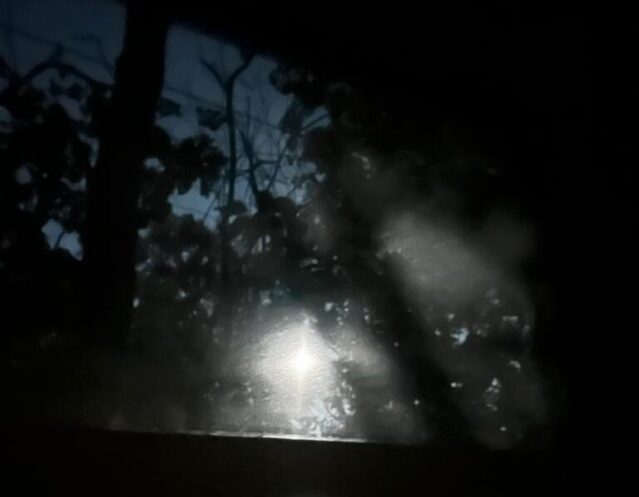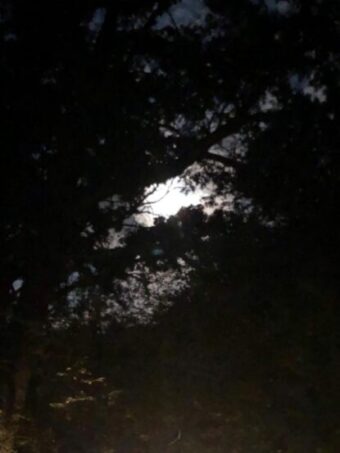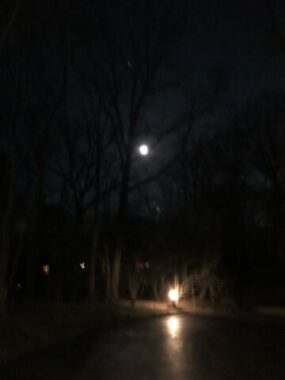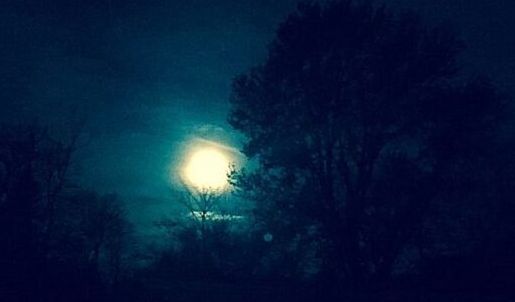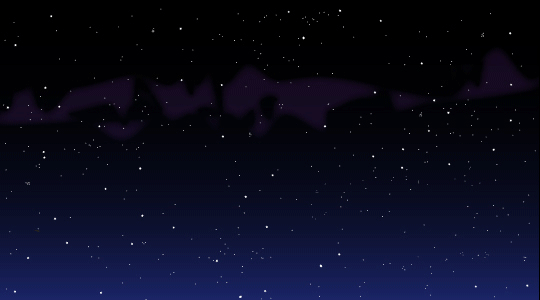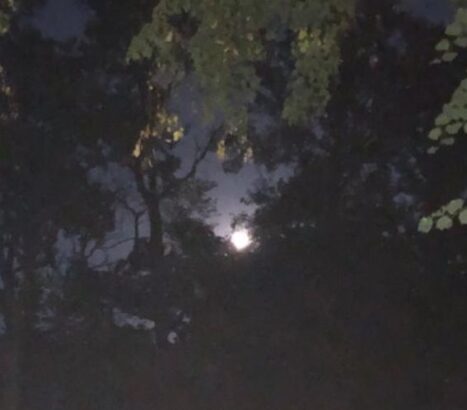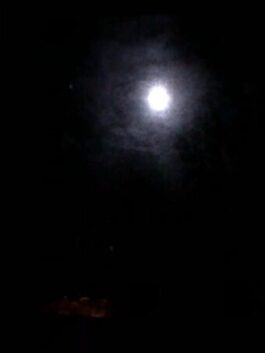(JJacobs March 2024 full moon photo)
Look for April’s full moon next week. Peak illumination will be 6:49 p.m. Central Time on Tuesday, April 23,2024. But even though it is named the Pink Moon, it won’t take on a rosy shade.
Moon names often reflect what is happening in nature so pink is for the color of the phlox blooms that usually show up in the eastern part of North America in April.
Called Phlox subulata, it is a creeping or spreading form of the wild flower also called moss phlox.
Other names for the April moon depend on when in the month it appears full and how close to Easter and Passover or weather changes it happens. So sometimes it is called the Paschal or Egg Moon or the Breaking Ice Moon, Budding Moon and Awakening Moon.
The moon will also look full April 22 and April 24 so if the sky is cloudy you can also capture its fullness the day before and after.
For more information visit The Old Farmer’s Almanac and Time and
Date.

